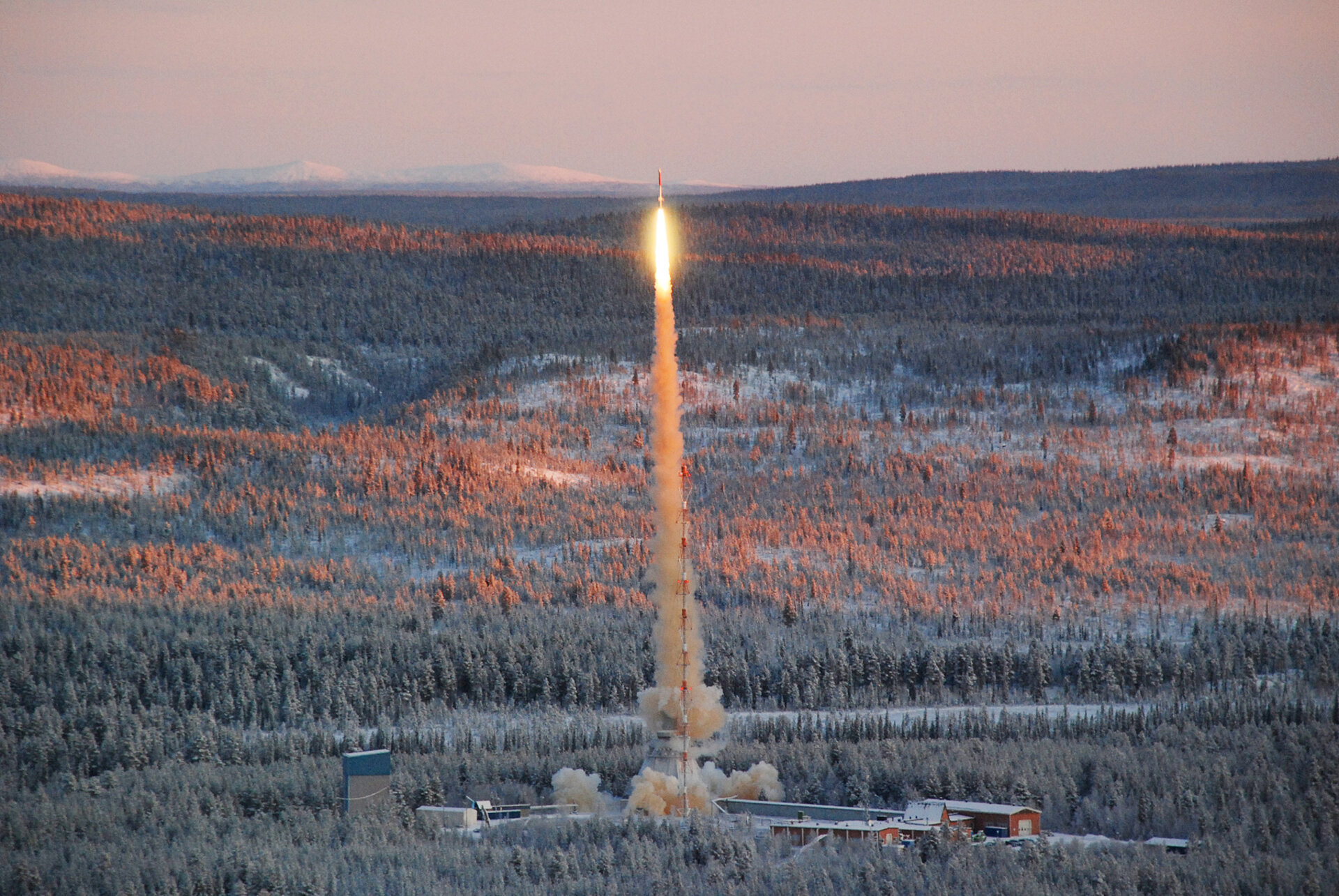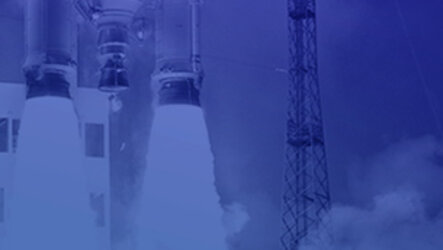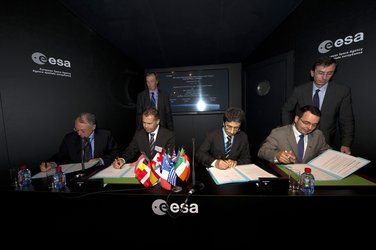Europe prepares new technologies for future launchers
ESA launched two payloads on a Texus suborbital rocket on 27 November to test a new, advanced way of handling propellants on Europe’s future reignitable cryogenic upper stage.
Texus 48 lifted off at 10:10 GMT (11:10 CET) from the Esrange Space Centre near Kiruna in northern Sweden. The rocket carried two cryogenic payloads simulating Propellant Management Devices.
During the six minutes microgravity – mimicking the different stages of a flight– the separate liquid hydrogen and liquid oxygen devices were monitored and then recovered for analysis.
Building on over 30 years of Texus operations, flight 48 was the first to carry technology demonstration payloads for future launchers.
The DLR German Space Center procured the rocket for this flight, which was performed under ESA’s Cryogenic Upper Stage Technologies (CUST) project as part of the Future Launchers Preparatory Programme (FLPP).
ESA awarded the design and development of the payloads to Astrium Bremen three years ago.
Improved upper stage

ESA is working on a restartable cryogenic upper stage to make future launchers more flexible and meet different mission scenarios.
To ensure engine ignition after a long coast in low-gravity conditions, propellant must be held at the tank’s outlet using capillary forces.
Although this has already been mastered for launchers and satellites that use storable liquids, higher-performance cryogenic fluids introduce new challenges.
On Texus 48, the scaled experiment reflected ESA’s Ariane Midlife Evolution reference missions and stage design.
Liquid nitrogen represented the cryogenic propellants to ease cost and safety constraints, and simplify the thermal design.

“In line with the general objective of FLPP to mature technologies, tests in microgravity are an important step towards developing and demonstrating the feasibility of new technologies, while mitigating development risks,” said Adriana Sirbi, CUST Project Manager.
“A key success factor of such flight demonstrations is the preparatory work on defining the demonstration payload and objectives.”
“This activity also demonstrates successful cooperation with DLR, where joint efforts made this flight possible on time,” added Guy Pilchen, FLPP Programme Manager.
Low-cost flight experiments allow to conduct research while offering savings in schedule, risks and costs. Based on the success of this flight, FLPP will study and work on new flight opportunities and technology demonstrations.






